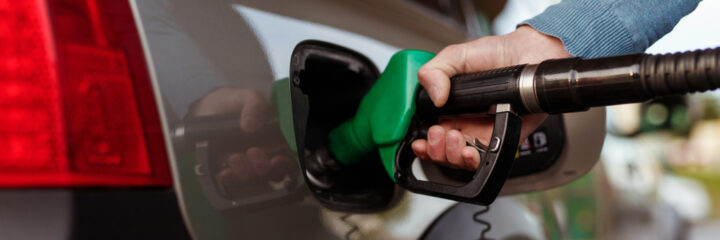Other than a joke that went too far, there is probably nothing more frustrating than an automobile that refuses to start, especially when it should have no reason not to. There should be no reason why your car shouldn’t start after you’ve gassed it up, and the fuel gauge is not wrongly calibrated, right? Well, that’s not quite right, and this article will show you why.
Why won’t your car start right after gassing up? The most likely reason for this particular scenario is that air, gas, and spark are supplied to the engine in the wrong proportion. Other possible culprits include a faulty ignition coil, a leaky valve, or a clogged air/fuel filter. There’s also the chance that a defective wiring connector or system components are contributing factors to why the car stalls after putting in gas.
Now, let’s take a quick look at the three most common reasons a car won’t start after fueling.
1. Ignition Issues
As you can imagine, the ignition switch system controls all of the vehicle’s essential components. Ignition switch problems are prevalent in gas-powered vehicles. More than half of all gas-powered automobiles experience this issue of the car not starting after right after gassing up.
The rate at which drivers of gas-powered vehicles are experiencing this has been gradually rising over the last decade. Yep, it’s not just you. According to Consumer Reports, a car’s engine is not built to handle the current high-octane gasoline available at most gas stations. Also, researches have shown that defective ignition is responsible for 10% of all automobile accidents.
Common symptoms of ignition issues include key refusing to turn, fluctuating dashboard lights, lack of noise from the starter motor after turning the key, and worn-out ignition coil.
2. Damaged Fuel Pump
Your vehicle’s fuel pump is a component of the engine that starts the process of converting liquid fuel into gas by transporting the liquid to the engine cylinder combustion chambers. The fuel pump can be electrical or mechanical, depending on how old your vehicle is. When you apply even the slightest ounce of pressure on the gas pedal, the fuel pump initiates the race of fuel to the injector and onto the engine.
In some automobiles, the fuel pump can be found in the gas tank, while it is located in the engine’s fuel line in others. However, fuel pumps aren’t built to last forever. They will eventually degrade and stop working altogether. The fuel pump failure rate is between 3% and 10%, the same rate as the rest of the engine’s components. Most engine manufacturers recommend replacing your fuel pump every 60,000 to 100,000 miles.
You can tell you have a failing fuel pump by looking out for symptoms including difficulty in starting your car, car jerking when you turn on the ignition, incorrect fuel gauge, loud humming noise from the fuel tank, and clogged fuel filter and fuel line caused by bad gas and dirt.
3. Compression Issues
Ignition, fuel, and compression are the three elements that power the operation of a gasoline engine. Another reason your car won’t start after fuelling could be that the engine cylinders have little or no compression. So, if the engine’s fuel supply is not disrupted and no ignition problems exist, you might want to check out the cylinders to make sure they have proper compression.
Even a vacuum leak in any of the cylinders due to normal engine wear and tear can cause compression challenges. Don’t sweat it, though. About half the cars you pass every day experience compression problems with the fuel pump. Just get some fuel and conduct a compression test and you’d be well on your way to fixing this problem, that is if compression is the issue.
To Recap
An automobile refuses to start after putting gas in when air, gas, and sparks are improperly supplied to the engine. This happens when there’s an issue with the ignition coil, fuel pump, or compression.
Finally, the problems addressed in this article are not the only reasons your car won’t start when there is gas, but the three listed above are the most common issues. Other possible causes include a broken alternator, corroded battery, faulty security system, wheel lock, and so on.


